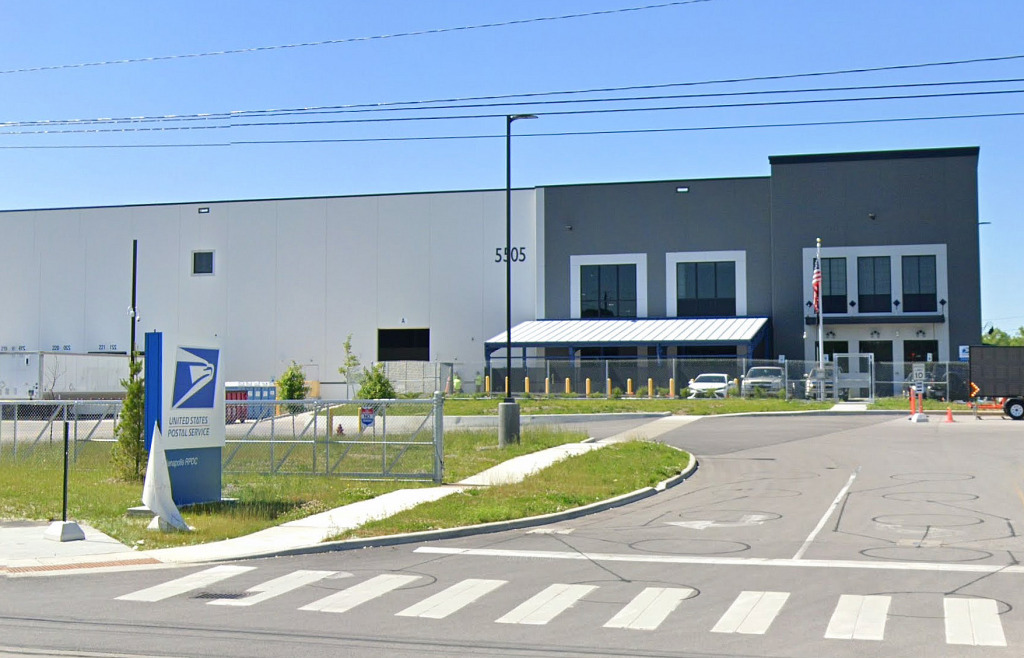
Postmaster General Louis DeJoy resigns after 5 years in position
President Trump has said he is considering putting USPS under the control of the Commerce Department in an attempt to stop losses at the $78 billion-a-year agency, which has operated as an independent entity since 1970.






